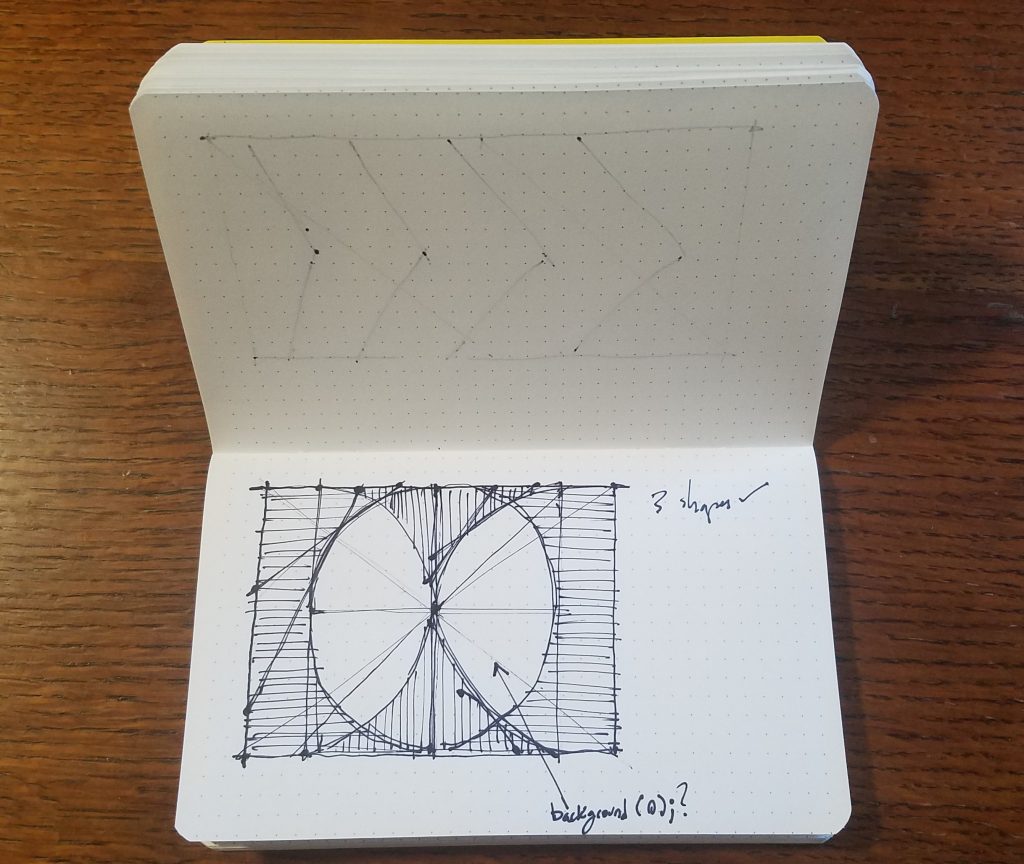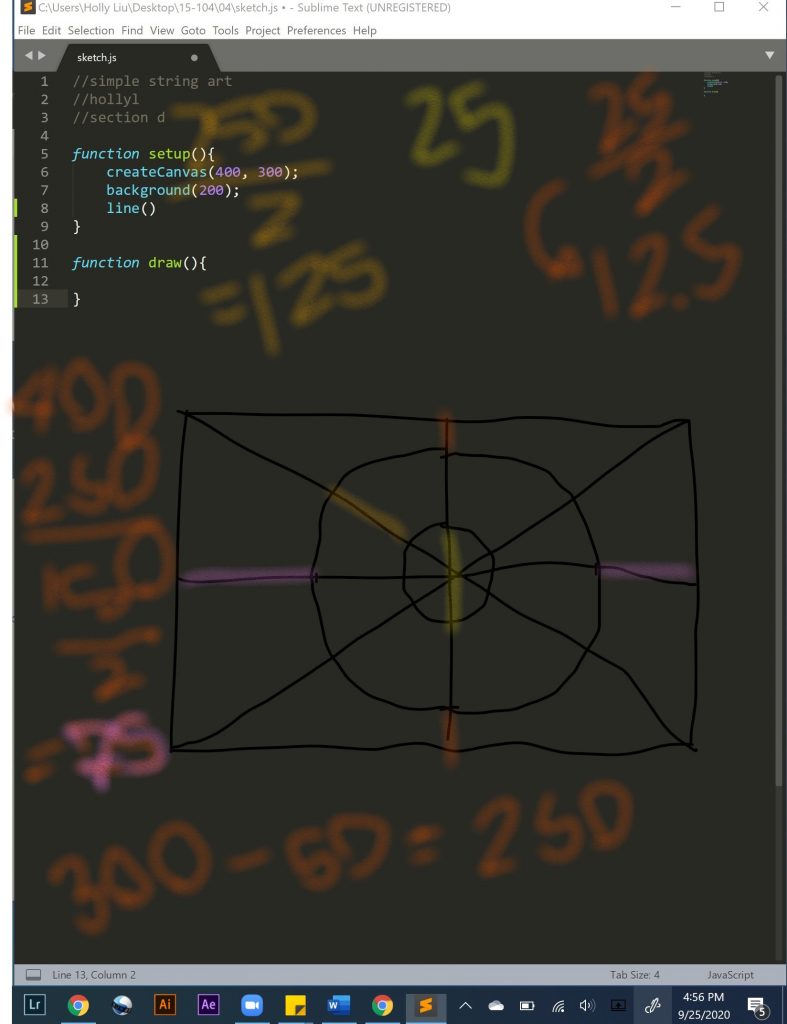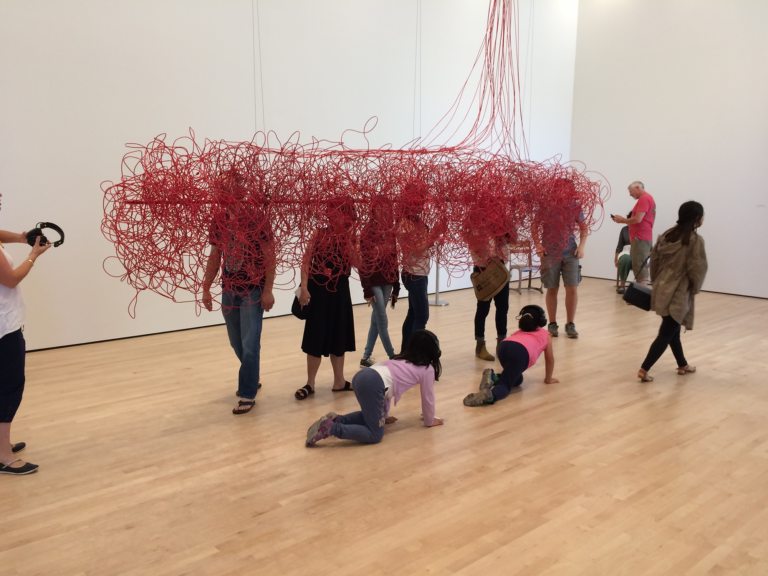Weather Thingy ECAL/Adrien Kaeser from ECAL on Vimeo.
One piece of art that stands at the intersection of sound and computation is “Weather Thingy” by Adrien Kaeser, created in 2018. This invention takes real time weather data input and converts it into computational data that varies the sound control of connected instruments. It consists of two main components, a weather station on a tripod microphone, and the custom built sound controller that’s connected to the weather station. The controller interface allows the device to assign the parameters received to different audio effects. What is inspiring to me about this piece is that it interprets data across different platforms – it used weather stimulation, such as rain collection or wind power, and is able to translate it into computational data, and then further reapply that to generate specific sounds. I think this is intriguing in its interdisciplinarity. The artist’s sensibilities come through in the way in which he assigns the different audio effects to the inputs – there is a distinct, ethereal quality in the noises produced.
![[OLD FALL 2020] 15-104 • Introduction to Computing for Creative Practice](../../../../wp-content/uploads/2021/09/stop-banner.png)


